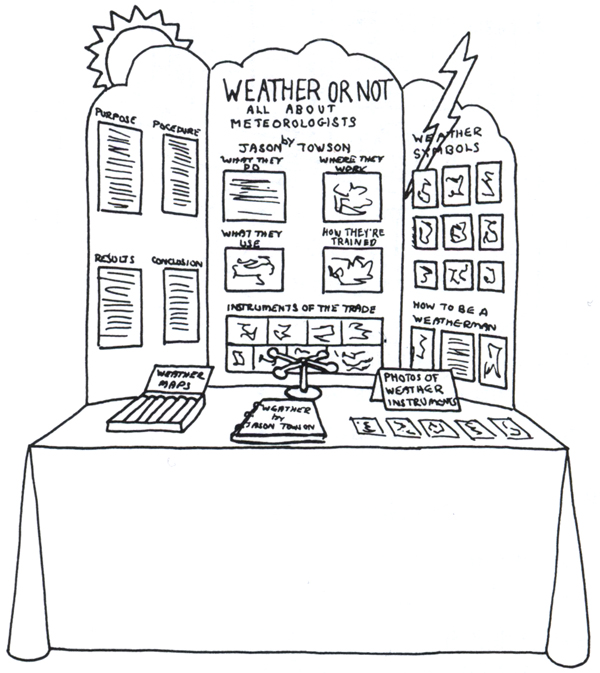Science Fair Handbook

First experiments
Science fairs are the hidden secret sauce for America’s innovation. They instill the joys of the scientific method early in impressionable minds. Sadly, science fairs are in decline in the US (and on the rise in China, which has a million kids do them each year.) Get your school to run one, or do your own.
My kids’ school promoted science fair participation, and one of our daughter’s projects made it to the California state level one year. In assisting my kids (yes it is okay) I’ve accumulated a entire bookshelf of science fair guides and idea books. The best of all these is the second edition of a 120-page book co-authored by the great science and science-fiction author Isaac Asimov. Aimed at parents wanting to help, and teachers hoping to set one up, it emphasizes the process of science fairing at the elementary school level. Basically, how to do a small experiment and report on it. Then how to judge it.
Unlike most science fair books at this level it is not packed with experiments recycled from others; the ideal experiment is one you don’t know the answer to. That makes your experiment more valuable and more fun for everyone. This handbook does list a few suggested topics by age to spur an idea. For inspiration of possibilities, we haven’t found anything better than old episodes of Mythbusters. As Adam Savage said in one, “Remember kids, the only difference between screwing around and science is writing it down.”
07/15/14Excerpt

*
Developing a Hypothesis
After students have designed an appropriate question, they must turn that question into a hypothesis. A hypothesis is an educated guess, a statement of how the scientist thinks the experiment will turn out. It is a prediction, based on the best available information, of what the scientist believes will happen at the conclusion of the experiment. Although the hypothesis is founded on factual data the student has collected during the research stage, it is the student's opinion deduced from those facts. A well-constructed hypothesis identifies the subjects of the experiment (plants, mice) and states what is being measured (rate of growth, weight), the conditions of the experiment (different-colored light sources, junk food versus regular food), and the results expected (light colors produce faster growth rates than dark colors; a nutritious diet produces higher weights than a junk food diet). Thus a student's question about a specific area of interest can be developed into a hypothesis that forms the foundation of the student's investigation.
*
Avoid clutter
It is important to include enough items to illustrate important concepts of the project, but it is equally important to avoid crowding the display table. Too many items detract from the display just as much as too few.
*
Scientific Thought
Is the experiment designed to answer a question?
Are the procedures appropriate to the area of investigation?
Is the topic or problem stated clearly and completely?
Has scientific literature been cited?
Have scientists or other experts been consulted?
Has a systematic plan of action been stated?
Is there a need for further research or investigation?
Is there an adequate conclusion?
Is a project notebook provided with the display?
Is the project notebook sufficiently detailed in relation to the scope of the project?
Have any problems or limitations that occurred been noted?
Is the amount of data commensurate with the scope of the project?
Does the student understand all the facts and/or theories?
Science Fair Handbook Anthony Fredericks, Isaac Asimov 2001, 128 pages $19









